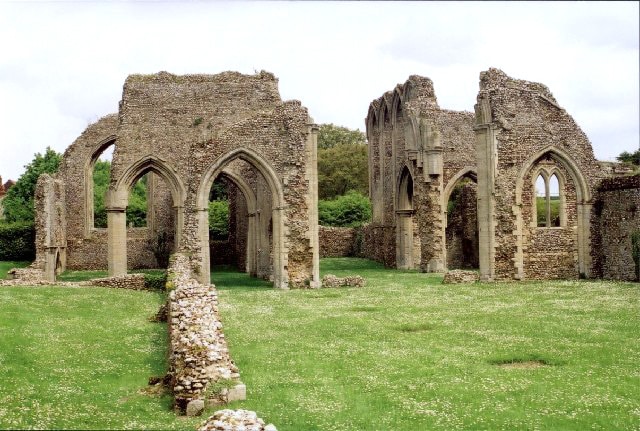Yorkist Lords to the Authorities in Norfolk, 23 July 1460
The Yorkist Lords wrote to the authorities in the county of Norfolk following their victory in the Battle of Northampton and surrender of the Tower of London. Having retaken the political initiative and having control over the structures of government, they set about addressing those who had taken advantage of their predicament following the Rout at Ludford and subsequent attainders issued by the Parliament of Devils at Coventry.
Assertion of Rights
The regional feuds across the country in the years leading up to the Wars of the Roses had often centred on land rights, appointments from the crown, and exemptions from or amendments to levies. In some cases the breakdown in the crowns ability to control the nobility led to personal grievances being settled outside of the law. And as noted in examples on our page on regional feuds, many became violent at many levels of society. In the ascendancy at court the Yorkists could now assert themselves through legal channels to address issues that they perceived as being slights or wrongs against themselves, their retainers, or those living in areas that they had influence over.
Norfolk and East Anglia
Norfolk and Suffolk had seen such disputes. Indeed, they did not go away with examples such as the Siege of Caister Castle illustrating that disputes in the region could drag on with fatal consequences. As with other parts of the country, there are many records of clashes, disputes, and violence. The nature of these and the way in which they were perceived is the subject of a book by P Maddern: Violence and Social Order: East Anglia 1422-1442. Similar examples can be found in the period 1442 through to the Wars of the Roses.
Yorkist Lords to the authorities in Norfolk
RYGHT welbeloved, we grete you wele; and wher, for the tendre love that we have to the concervacion of the Kyngs peas, lawes, and justice in this his realme of Englonde, we have comaunded the Kyngs peeple in his 222name, be oure letters and diverse writyngs, that no man shulde robbe or dispoile Sir Thomas Todenham, Knyght, John Heyden, John Wyndham, Herry Todenham, and John Andrws, and other weche have sued to us for oure seide letters; we, wolyng to eschewe that any person shulde have colour be oure seide letters to noyse us, or any of us, that the seide Sir Thomas, John Heyden, John Wyndham, Herry, and John Andrws, or any other of suspecte fame, be accorded with us, or any of us, for suche wrongs as they, or any of ham, have do to us, our servaunts and tenants or wellwellers, or that we shulde hafe hem in tendrenesse or favour to discorage trewe people to swe a yen hem be the lawe; We therfore notyfie to yow, as we woll that it be notyfid to all people, that we, ne noon of us, intende not to favour or tendre hem, or any other of suspecte fame, but rather to corecte suche be the lawe, for we made our seid letters soly for kepyng of the pease and justice, and not for favour of suspecte condicione. And the Holy Trynyte kepe yow.
Wreten at London the xxiijti. day of Jule.
To all Meyers, Sceryves, Balyfys, Constables, and all the Kynges Offecers and Ministres in Norffolk, and eche on of hem.
Source: The Paston Letters as presented on the Project Gutenberg website.
Featured Image
Creake Abbey, Norfolk. By Martin Addison, CC BY-SA 2.0
